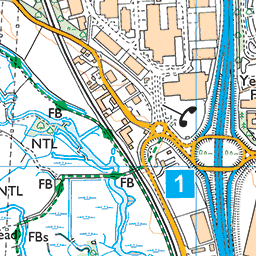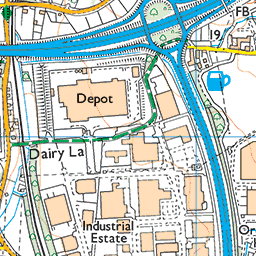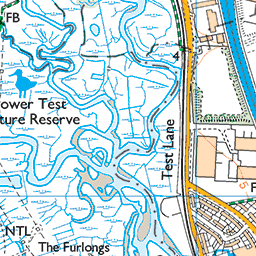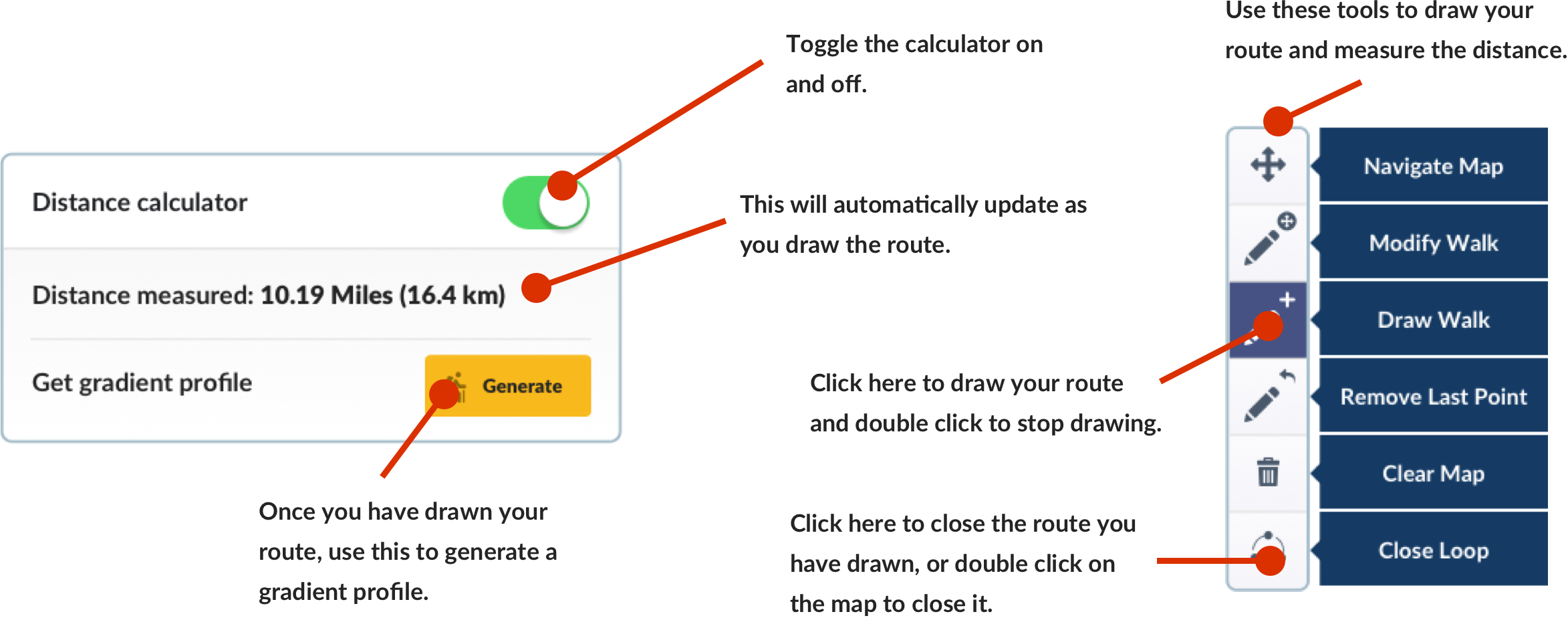Added to your Itinerary Planner below
Distance calculator
Map Filters
Customise your trip with our filters.
Map Filters

Toggle between the options below to show available markers.
General info Equestrian Info Cycling InfoAccommodation
Points of interest
Services
Routes
Accommodation
Points of interest
Transport
Accommodation
Points of interest
Transport


















The custom route elevation is created when you use the distance calculator (above) to draw a line.
The custom route elevation is created when you use the distance calculator to draw a line.

Ribble Estuary National Nature Reserve (NNR) is the most important site in the UK for wintering wildfowl. The Reserve occupies over half of the Ribble estuary, including extensive areas of mud and sand flats and is one of the largest saltmarsh habitats in England. It supports over 250,000 ducks, geese, swans and wading birds and is internationally important for 16 species of wintering birds. During the summer, numerous birds nest on the saltmarsh including three types of gull, common tern and redshank, skylark, meadow pipit and linnet. The NNR occupies land on both sides of the Estuary.
The best times to visit the site to see the wintering birds, local wildlife and environment are in the autumn and winter. Due to the dangerous nature and fragility of the saltmarsh and mudflats, access to the site is restricted to public rights of way. A footpath affording good views of the saltmarsh runs along the flood embankment on the southern edge of the reserve from Crossens pumping station near Southport to Hundred End near Hesketh Bank village and the RSPB Hesketh Outmarsh.
